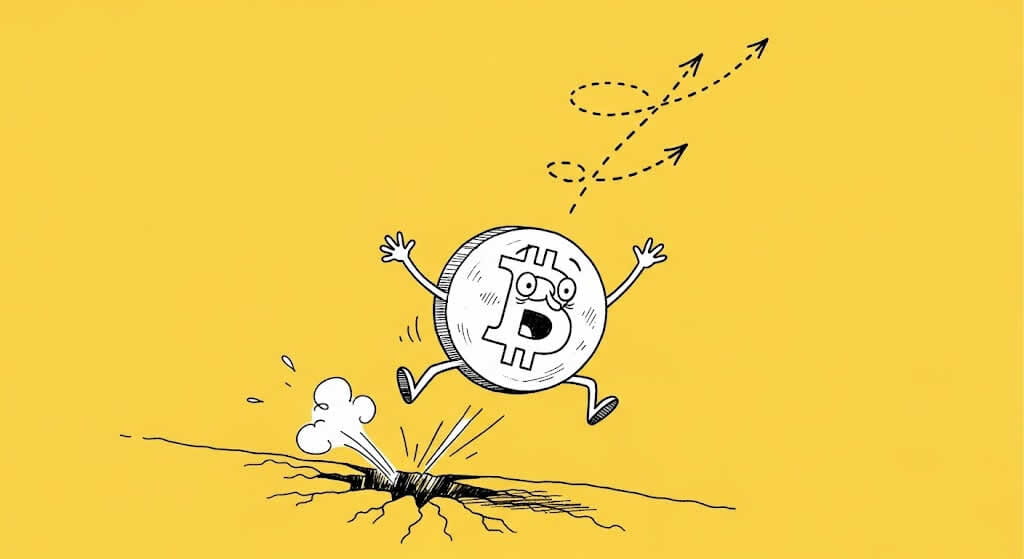
Bitcoin recovers to $115,000 after hitting a three-week low of $112K due to tariff fears.
Altcoins like Ethereum (+2%), XRP (+4%), and Dogecoin (+1%) post gains on Monday.
Institutional demand supports BTC’s rebound amidst tariff-induced market volatility.
Bitcoin regained a $114,000 handle on Monday, August 4, 2025, at 7:30 AM EST, following a turbulent weekend where it dipped to a three-week low near $112,000, driven by President Trump’s tariffs and weak U.S. employment data. The crypto market faced significant selling pressure, with some whales dumping assets, but BTC climbed to $114,900 by Sunday night, signaling resilience. Major altcoins like Ethereum and XRP also turned green, reflecting a broader market recovery.
On Friday, August 1, 2025, President Trump’s tariff announcement, imposing up to 39% duties on key trade partners like Taiwan and Vietnam, sparked a risk-off sentiment, leading to a 3.1% crypto market sell-off. Bitcoin fell 3% to $113,231.41, with $228M in long liquidations, while Ethereum saw $262M in liquidations, per CoinGlass. The weak U.S. jobs report, with lackluster employment figures, further rattled markets, prompting Trump to fire the Bureau of Labor Statistics head, adding to Wall Street’s unease.
By Monday morning, BTC stabilized at $114,284.69, bolstered by institutional accumulation. CryptoQuant reported rising demand, with OTC supply falling and long-term holders buying. “This is a healthy strategic cooldown,” said Ben Kurland, CEO of DYOR, noting that Bitcoin’s technical resilience and institutional support are holding prices steady. Posts on X echoed cautious optimism, with analysts suggesting the dip was a “healthy correction” and BTC’s structure remains bullish above $112K.
Altcoins also showed strength, with Ethereum up 2% to $3,675, supported by $850M in ETF inflows last week, and XRP climbing 4% due to whale accumulation. Dogecoin gained 1%, while Solana held above key support levels despite a 5% drop. The crypto market cap stabilized at $3.97T, down 7% from its peak, but institutional interest remains robust, with firms like MicroStrategy adding 21,021 BTC in July.
However, risks persist. Tariff-related inflation concerns and delayed Federal Reserve rate cuts could pressure risk assets like cryptocurrencies. Analysts warn that Bitcoin’s volatility may continue if macroeconomic headwinds intensify, though its role as a hedge against inflation could drive further adoption.
Bitcoin’s recovery to $114K and altcoin gains signal a market rebound from tariff-driven volatility and weak U.S. jobs data. Investors should watch on-chain metrics, like declining exchange reserves, and macroeconomic developments for clues on BTC’s next move. The crypto market’s resilience, backed by institutional demand, suggests the weekend dip may soon be a distant memory.
Disclaimer: This article is for informational purposes only and does not constitute legal, tax, investment, or financial advice. Readers should conduct their own research before making investment decisions. We use AI to help us research and enhance the text, which is then edited by our team.
The post Bitcoin Rebounds to $115K After Tariff-Driven Dip appeared first on Cryptopress.



